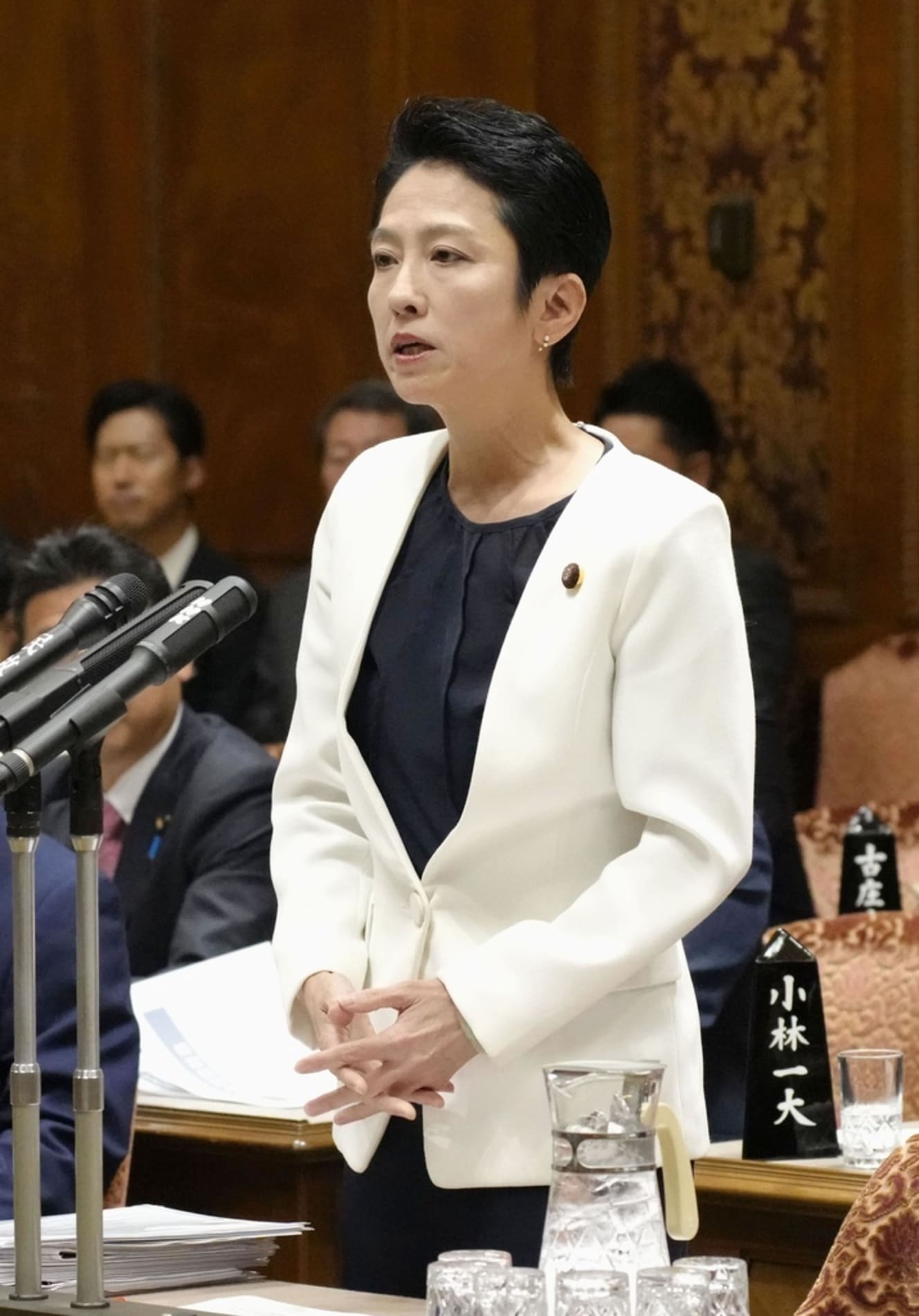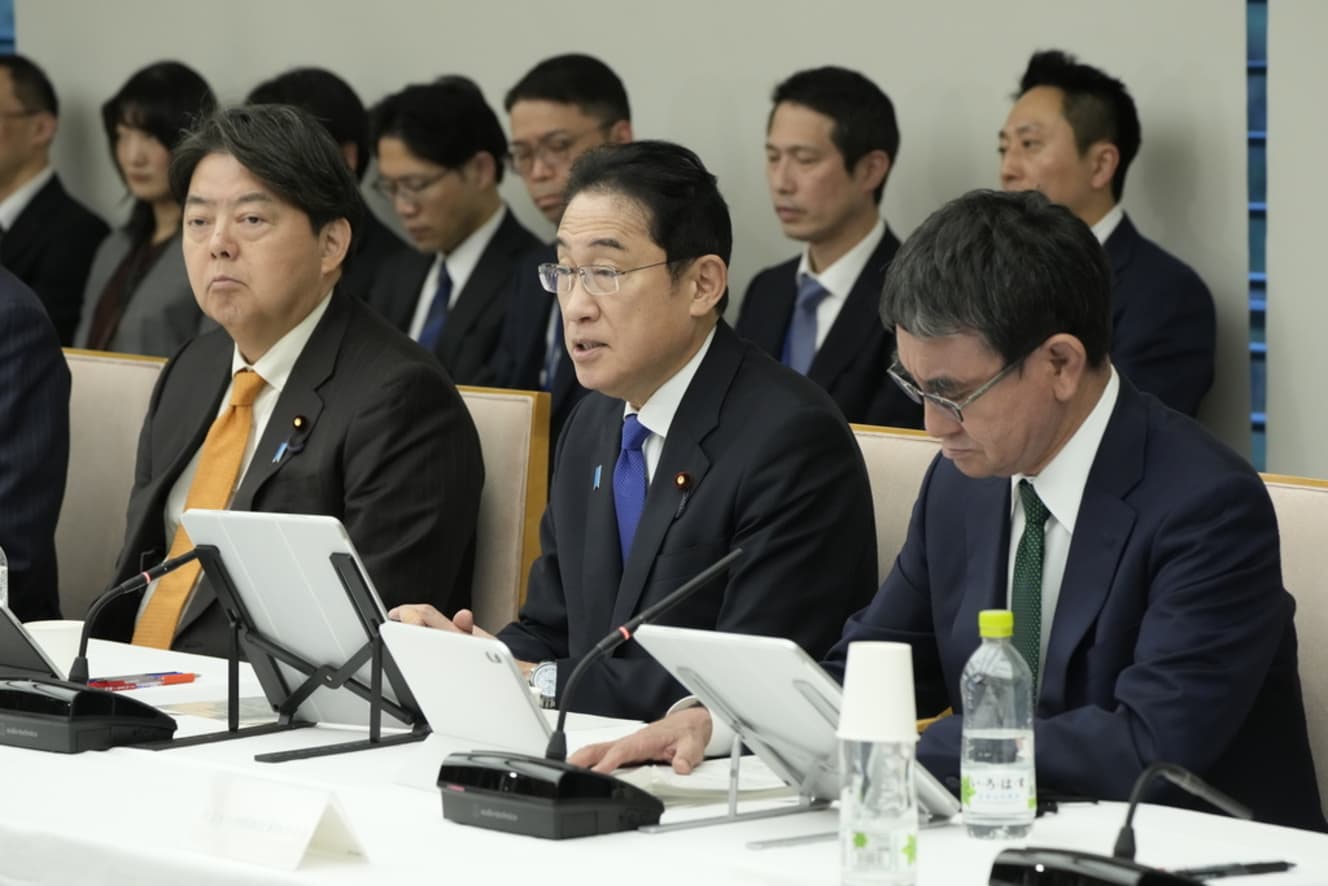Saunas and fruit sandwich stores explode with subsidies…Do you know how the dubbed “16 trillion yen of national funds” is being spent?
Green Innovation Fund” created by former PM Kan at the drop of a hat totals 2 trillion yen
The balance of the “fund” accumulated by the government has reached a staggering amount. As of the end of FY2010, the total amount is approximately 16.6 trillion yen.
Why has the balance of the fund grown so large? If such a large amount of money is sitting unused, why not apply it to the “extraordinary measures to combat the declining birthrate” that the government has been so keen to implement? What is the purpose of the national fund, anyway?

Professor Takero Doi of Keio University’s Faculty of Economics, who is also a member of the Administrative Reform Promotion Council and the Council on Fiscal Institutions, explains as follows.
The funds are created for use in multi-year projects such as economic measures, and are set up by independent administrative corporations, public-interest corporations, and other affiliated organizations that are separate from the ministries and agencies.
In principle, the national budget is to be used up within the fiscal year. For example, it is not allowed to carry over tax revenues collected in 2009 and use them until 2011. So what if you want to spend it in ’23?’ You take the taxes collected in ’21 and disburse them to an outside organization that places a fund in the fund, and then you can pretend that the funds were disbursed by the government within the ’21 fiscal year.
If you place the fund in an external organization, no matter when that organization spends from the fund, it does not have to go through the deliberations of the Diet. In extreme cases, the funds can be stashed away for years and can be used whenever they want.
As of the end of FY 2010, there were 186 funds established by 13 ministries and agencies. According to national rules, the end of the fund must be specified within a period not to exceed 10 years, but about 30% of the funds are undecided.
The current fund structure was first used in the aftermath of the Lehman Shock. The amount of the fund was smaller than now, but it was in the order of hundreds of millions.
After the COVID-19 crisis, as economic measures were repeatedly implemented with a focus on scale, trillions of yen were set aside in supplementary budgets, and huge funds were established one after another. Although funds are supposed to be included in the initial budget, in reality, most of them are included in supplementary budgets with lax assessments.
Among the 186funds, there are some funds related to the TPP (Trans-Pacific Partnership) measures of the Ministry of Agriculture, Forestry, and Fisheries (MAFF), but they amount to a few tens of billions of yen at most. The largest is the METI fund, such as the “Green Innovation Fund” established in FY 2008 by former Prime Minister Suga Yoshihide, which has a total value of 2 trillion yen to encourage investment in decarbonization. The number of such funds with large amounts of money has increased to COVID-19 crisis.
The budget for the fund was several hundred billion yen to 1 trillion yen before FY19, but it jumped to 11.5 trillion yen in FY20 as a result of the COVID-19 crisis economic countermeasure projects. In FY2010, the amount reached 10.6 trillion yen.
As a result, the fund balance, which was approximately 2.4 trillion yen at the end of FY19, was approximately 8.3 trillion yen at the end of FY20 and approximately 12.9 trillion yen at the end of FY21. By the end of FY 2010, the balance had reached approximately 16.6 trillion yen.
Fruit Sandwich Shops” Rush to Solicit Applications for the Newly Established Fund for the COVID-19 Crisis
Meanwhile, the supplementary budget for FY 2011 allocates 4.3 trillion yen to 31 funds, including four newly established funds, out of a total expenditure of approximately 13 trillion yen. Despite a series of calls for a review of the funds at the government’s “Administrative Project Review” held on November 11 and 12, which included outside experts, a large amount of money was added to the existing 27 funds.
Prime Minister Fumio Kishida responded to criticism from opposition party members in a November 20 question from the House of Representatives by explaining, “Fund projects are appropriated only for those that are truly necessary.
But how many funds are “necessary?” ” There are quite a lot of things that don’t need to be included in the fund. I am not in favor of creating a fund, but as long as it was approved by the Diet and created, I would at least like to see the money used in a meaningful way. Unfortunately, however, we have seen examples of subsidies being given to inappropriate businesses.”
Professor Doi cites the “SME Business Restructuring Promotion Fund,” newly established by METI in the FY2008 supplementary budget, as one example of a fund project in which inappropriate cases were observed. METI asked the Organization for Small & Medium Enterprises and Regional Innovation, Japan, to administer the fund, but the work was re-commissioned to a private company.
The Ministry of Economy, Trade and Industry (METI) asked the Organization for Small & Medium Enterprises and Regional Innovation, Japan (SMRJ) to administer the fund, but the work is being done by a private company that has been re-commissioned by METI.
In the third or fourth round of applications, we were inundated with applications from fruit sandwich shops. The 8th round was saunas, and the 10th round was simulation golf. We suspect that consultants are in the dark behind the scenes and the subsidy business is rampant.
The problem was not with the independent administrative agency holding the fund but with the private company that was contracted to do the work, and we recommended to METI that it be examined in the fall review by the Administrative Reform Promotion Council and monitored closely as a competent ministry.
We also see MAFF’s agriculture-related funds as a problem. Although budgeted, there is little to spend and the balance is not decreasing. Some of the funds do not need to be set aside and could be scrapped.

At an October 31 meeting of the House of Councilors Budget Committee, Renho pointed out, “If we wash the 190 fund projects, we can return several trillion yen of the 16.6 trillion yen that is lying idle to the national treasury. Can’t we return more money to the treasury, not just a few trillion yen?
If they wanted to destroy it, I think they could. From my point of view, the Ministry of Finance would probably want to destroy it. However, since they have politicians in the background, they will not explicitly say, ‘Give it back.
Of the 186 funds currently in existence, I don’t think there is any problem with returning a significant portion to the treasury. We should ask for the return of any funds that have not been used and are not expected to be used.
Politicians who think it is their job to spread the word
In many cases, the targets for results and deadlines for the completion of projects are unclear, and there have been many cases where the size of the fund has been inflated by accumulating long-term budgets for five or ten years all at once.
According to the interim report of the “Digital Administrative and Financial Reform Conference” held on December 20, the government will review the budget that can be appropriated at once to about three years. The government plans to inspect the 186 existing fund projects by the end of FY 2011 based on the new rules, and to request that funds that are not necessary be returned to the government treasury.
The new rules will provide for a review every three years to determine whether the funds are truly necessary,” he said. The Administrative Reform Promotion Council had proposed that such a review provision should be included in the new rules.

It has been pointed out that many of the funds that were newly established after the COVID-19 crisis based on the scale of political leadership have not been used as envisioned.
Most of the new funds established after the COVID-19 crisis were pushed by politicians. Most of the funds that were established as a result of the corona disaster were pushed by politicians. METI, in particular, has a wide range of activities under its jurisdiction, and it is an area in which many requests were made after the corona disaster, so there are more than a few politicians who can benefit from it.
What about the burden on the public?
“Seventy percent of the ‘23 supplementary budget will be financed by government bonds. Government bonds are the national
One could rightly argue that if there is money to be invested in the fund, why not put it into the birthrate reduction program? If fiscal funds are not used effectively, the burden on the public will increase that much more.”
Does the government have any intention of returning the budget allocated to the fund to its pre-Corona level?
The Ministry of Finance is trying very hard to appeal to Nagata-cho, but even though prices have risen so much, the government has not changed its deflationary mindset, or perhaps it is still nostalgic for the fiscal stimulus during the deflationary period.
Anyway, they want to disperse money. Even if prices are rising, they still want to disperse money. It just goes to show how many politicians think it is their job to distribute money around.
This may also mean that there are many politicians who do not realize that prices are soaring. What politicians need most is to break free from the deflationary mindset.
The people will be in trouble if they don’t make a budget plan that is acceptable to common sense.”
It seems unlikely that anything can be expected from the current administration, which is on the verge of collapse due to the factional “slush fund” problem. ……
Some members of the faction in question this time around are not unaffected by the three-year COVID-19 crisis fund debacle. The legislators who have been pushing for the establishment of new funds have been removed from key positions in the administration and the party in this personnel shakeup, and perhaps some of the funds will be abolished.’ I would like to see a thorough inspection and review of existing funds conducted by the end of FY23.”
Takeo Doi, Professor of Economics at Keio University, was born in Nara Prefecture in 1970. He graduated from Osaka University and completed a doctorate at the University of Tokyo. He has been in his current position since April 2009. Specializes in public finance and public economics. He is a member of the Administrative Reform Promotion Council, a member of the Council for the Establishment of an All-Generational Social Security System, and a member of the Fiscal System Council. His major publications include “Heisei no Keizai Seisaku Kakusa wa Douka Dareka” (How Heisei Economic Policy Was Determined) (Chuokoron Shinsha) and “Nyumon Zaiseigaku” (Introduction to Fiscal Studies) (Nippon Hyoronsha).
Interview and text by: Sayuri Saito